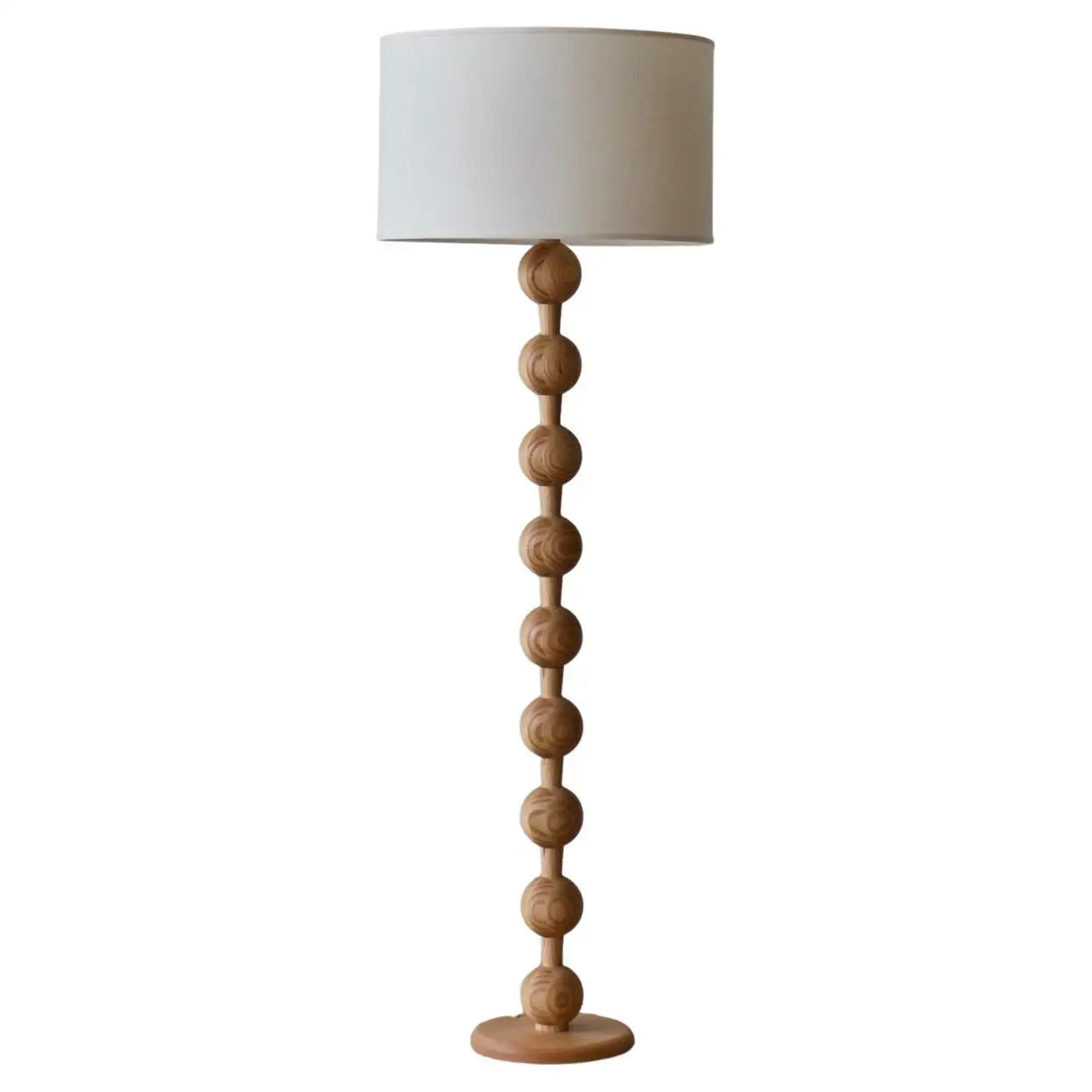Founder Diaries: The Wellness of Interior Design
- Robin Daprato

- Mar 5, 2023
- 4 min read
Updated: Jul 23, 2024
If you know me, you know I wont shut up about how our space impacts our mental health. Since early childhood, when I was first diagnosed with anxiety and ADHD, I have been searching for tools to help me manage my mental health. In more recent years, I have become obsessed with studying the connection between environments and wellbeing, realizing there are quantified, applicable things that you can do to your space to improve your health. I have started implementing some elements into my own design practices and wow --- has it made a difference.
I wanted to share with you the science behind design wellness and ways that you can implement these practices into your own space.
THE SCIENCE OF DESIGN
A space that appeals to your sensibilities in terms of colour, smell, lighting, and materials, can have greater benefits than simply a brag-worthy home, it can help reduce anxiety, depression, and can increase cognitive function. In fact, neuroscientists are increasingly studying environments, as they have now seen how greatly the brain is impacted by the spaces we inhabit.
Dr. Maha Mahmoud Ibrahim,
In other words, if we create stimulating environments, our brains will function better. Today's post focuses on, what I believe to be, the two most important things when creating wellness-based design: biophilia and lighting. Although lighting is actually a subcategory of biophilic design, there is a lot to cover, so I wanted to shine a little more light (see what I did there) on it.
BIOPHILIC DESIGN
Biophilia is a concept first introduced by biologist E.O. Wilson in the 1980s, which refers to the inherent human connection with the more-than-human world. It is the idea that humans have an innate and evolutionary-based attraction to nature and therefore, should nurture such.
Exposure to nature, either through direct contact or through representations of nature, can reduce stress, improve mood, and increase cognitive function. In fact, a recent study showed that workers in offices with natural elements are 6% more productive, have a 15% higher level of well-being, and are 15% more creative.
The goal of biophilic design is to create a seamless connection between the built environment and the natural world. By integrating nature into design, we can create spaces that are not only visually appealing but also promote health and wellbeing for the people who use them. The use of natural materials, colours, and patterns in architecture & design are critical to creating biophilic design.
Here are some things that you can introduce to help create a more natural space:
Plants.
Plants are probably the easiest and most affordable way to integrate natural design into your home. If you aren't a great plant parent, don't worry you can integrate plant colours, imagery, or even cut flowers to achieve this!
Natural Shapes & Patterns
Avoid straight lines and right angles. From a curved stream, to the patterns in marble, leaning into the imperfections of nature is a huge part of biophilic design. Following the natural lines and curves of the materials you are using is an easy way to create that organic flow seen in the natural world.
Natural Materials & Colours
Natural materials including wicker, stone, linen, wood, and ceramics is another great way to achieve this. Integrating more natural colours when designing can also really help ground your space in the principles of biophilic design.
LIGHTING
A recent study showed that students who write tests in rooms with large windows and natural light perform 7-18% better on tests than students with very little/no natural light.
Stress and Anxiety
Poor lighting can increase stress and anxiety levels. Bright, harsh lighting can be overstimulating and cause feelings of anxiety, while dim, poorly lit spaces can be depressing and increase stress levels.
Productivity and Concentration
Good lighting can improve productivity and concentration, while poor lighting can decrease both. Bright, natural light can help people feel more alert and focused, while dim lighting can make it difficult to concentrate.
INTERIOR LIGHTING
When I discovered how greatly lighting impacts your mental health, I started being more intentional with doing work in the spaces that receive the most natural light during the day, and found the facts didn't lie--- my focus and creativity vastly improved.
Natural Light
My number one rule when it comes to lighting is, as much as you can, try and use natural lighting for daytime work/activities. If glare on your computer is an issue, you can use an anti-glare screen protectors or shades.
Halogen/Soft Light Bulb
Of course, not all of us have the privilege of natural light, so try and use lighting solutions like halogen bulbs or soft light bulbs, like these lightbulbs, which most resemble daylight when working.
Avoid Overhead Lighting
I promise, your life will vastly improve if you avoid overhead lighting. Using floor lamps, wall sconces, and table lamps are one of the easiest ways to set a welcoming vibe and avoid the stress that can come with harsh, overhead lighting.
“Biophilia: the innate pleasure from living abundance and diversity as manifested by the human impulse to imitate Nature with gardens.”



















































Comments